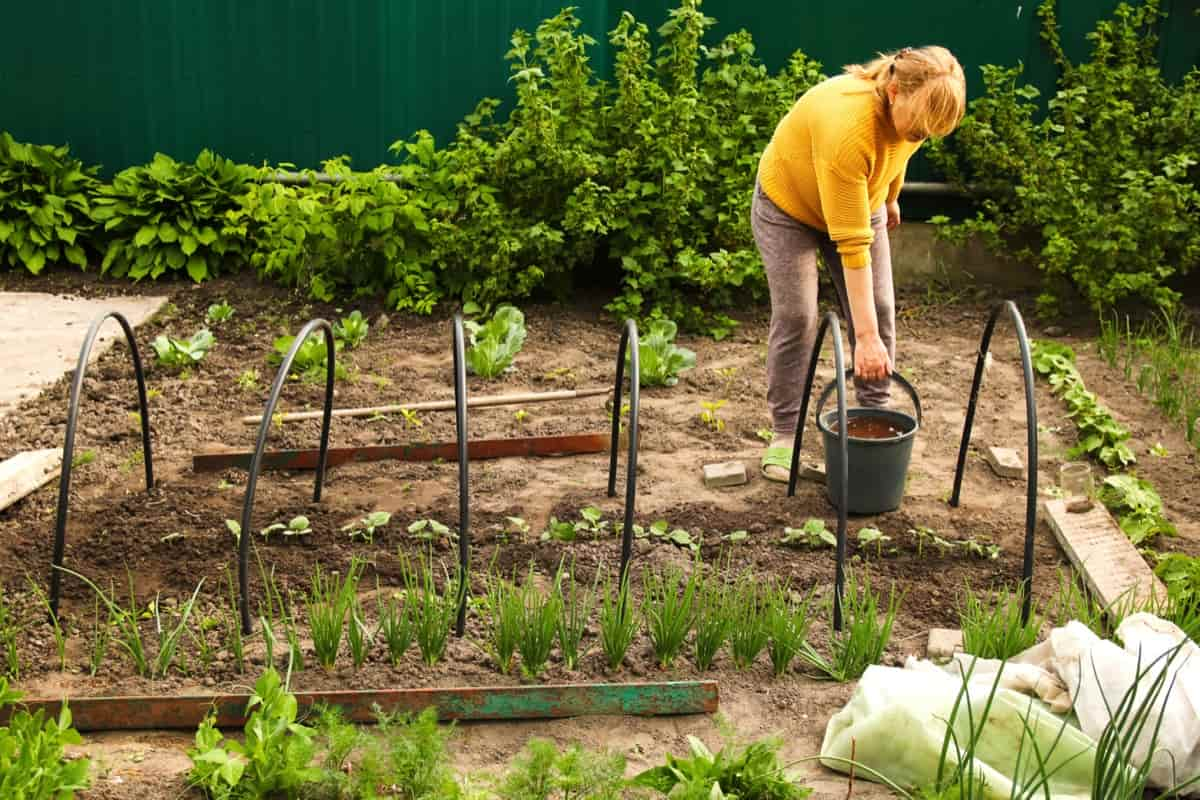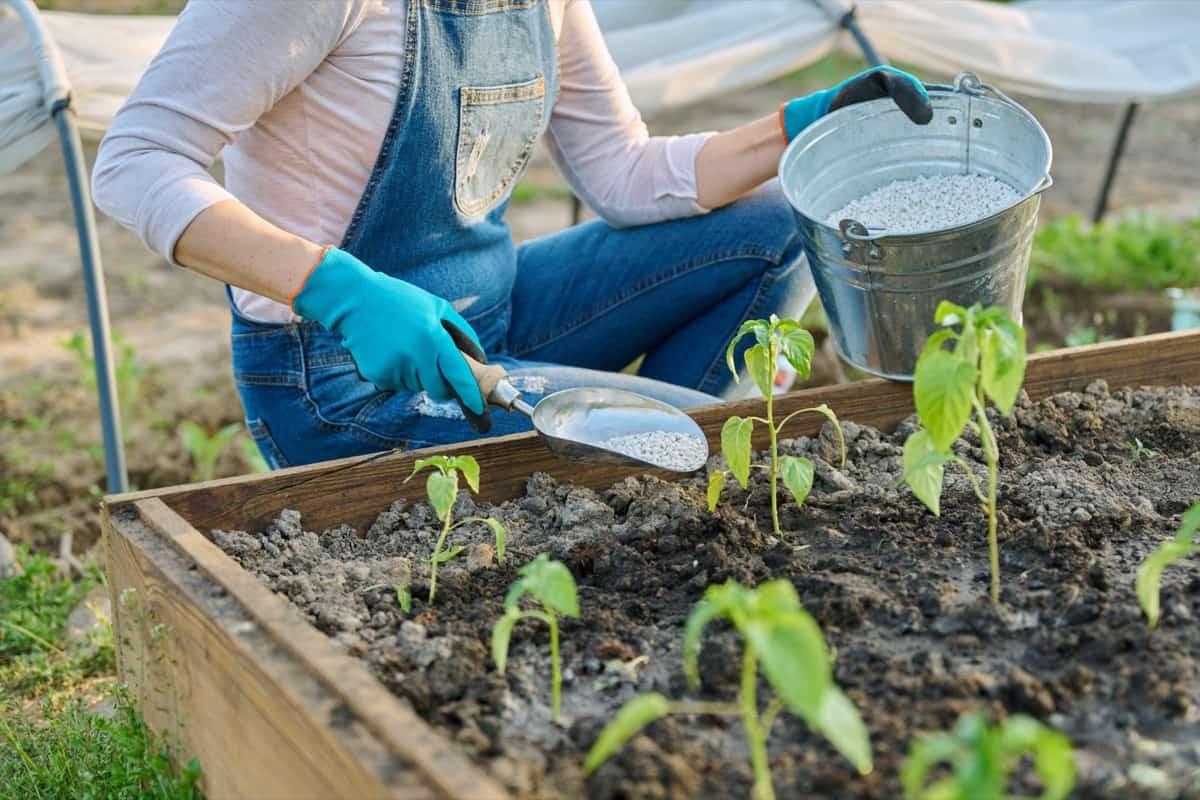Welcome to our informative blog post on fertilizer requirements and recommendations for home-grown vegetables. Whether you’re a seasoned gardener or just starting, understanding how to provide the right nutrients to your vegetable garden is essential for healthy and productive plants.

This article will delve into the key aspects of fertilizer needs, including determining the right fertilizer ratios for different vegetables and the best organic options available. We’ll also discuss fertilizer application methods, nutrient deficiencies to watch out for, and common mistakes to avoid.
Fertilizer Requirements and Recommendations for Home-grown Vegetables
How to Determine Fertilizer Needs for Home Vegetable Garden
Determining the fertilizer needs for your home vegetable garden involves understanding the nutrient requirements of your plants. Start by conducting a soil test to assess its composition and nutrient levels. Soil testing kits are readily available and provide valuable insights.
Based on the results, appropriate fertilizer ratios, considering the nitrogen (N), phosphorus (P), and potassium (K) requirements for different vegetables. Additionally, observe your plants for signs of deficiencies, such as yellowing leaves or stunted growth. Adjusting the fertilizer application ensures your vegetables receive the nutrients for optimal growth and yield.
Best Organic or Natural Fertilizer for Home-grown Vegetables
- Compost: Rich in organic matter, it improves soil structure and nutrient content.
- Manure: Offers a balanced mix of nutrients but requires proper composting.
- Bone meal: High in phosphorus, it promotes root development and flowering.
- Fish emulsion: Provides a quick-release nitrogen boost for leafy growth.
- Seaweed extract: Packed with micronutrients, it enhances plant growth and resilience.
- Blood meal: A potent nitrogen source, it stimulates vigorous vegetative growth.
- Feather meal: Slowly releases nitrogen over time, supporting steady plant growth.
- Worm castings: Improve soil fertility and structure, and enhance nutrient uptake.
- Alfalfa meal: Contains a wide range of nutrients and growth-promoting compounds.
- Green manure: Cover crops, such as clover or legumes, add nutrients when tilled into the soil.
Recommended Fertilizer Ratios for Different Home-grown Vegetables
| Vegetable | Nitrogen (N) Range | Phosphorus (P) Range | Potassium (K) Range |
| Tomatoes | 4-6 | 5-10 | 6-10 |
| Lettuce | 3-5 | 1-2 | 3-5 |
| Carrots | 1-2 | 2-4 | 4-6 |
| Peppers | 5-8 | 2-4 | 5-8 |
| Cucumbers | 5-6 | 3-4 | 6-8 |
| Spinach | 4-6 | 2-4 | 4-6 |
| Broccoli | 4-6 | 2-4 | 4-6 |
| Green Beans | 2-4 | 2-4 | 4-6 |
| Radishes | 2-4 | 2-4 | 4-6 |
| Zucchini | 3-5 | 2-4 | 4-6 |
Fertilizer Application Methods for Home Gardens
To effectively fertilize your home garden, use various application methods such as broadcasting, side-dressing, foil spraying, and deep root feeding. Broadcasting involves evenly spreading fertilizer over the soil surface and gently incorporating it into the top layer. Side-dressing involves applying the fertilizer in a band alongside plant rows, avoiding direct contact with foliage.
Filar spraying dilutes the fertilizer in water and directly applies it to leaves, providing a quick nutrient boost. Deep root feeding inserts the fertilizer into the soil near the plant’s root zone, allowing roots to absorb nutrients gradually. Always follow manufacturer instructions and consider the specific needs of your plants when selecting the appropriate application method.
Understanding Nutrient Requirements for Home-grown Vegetables
Generally, vegetables have varying needs for three key nutrients: nitrogen, phosphorus, and potassium. Nitrogen is essential for leafy growth, phosphorus promotes root development and flowering, and potassium enhances fruit production and overall plant vigor. Different vegetables have specific nutrient requirements based on their growth habits and nutrient uptake. It’s important to provide balanced fertilizers with appropriate NPK ratios to meet these requirements and ensure optimal growth, yield, and nutritional value in home-grown vegetables.
Balancing Nitrogen, Phosphorus, and Potassium in Vegetable Fertilization
Balancing the levels of nitrogen (N), phosphorus (P), and potassium (K) in vegetable fertilization is crucial for optimal plant growth and development. Nitrogen promotes leafy growth, phosphorus aids in root development and flowering, and potassium enhances plant health and disease resistance.
For example, providing higher nitrogen to leafy vegetables like lettuce and spinach in a home garden encourages lush foliage. On the other hand, fruiting vegetables such as tomatoes and peppers benefit from a higher phosphorus level to support the development of flowers and fruits.
In case you missed it: Natural, Sustainable, and Effective: 13 Benefits of Duck Manure Fertilizer in Agriculture

Fertilizer Schedule for Vegetable Garden
| Stage | Fertilizer | Application Frequency |
| Pre-planting | Compost or well-rotted manure | Mix into soil before planting |
| Early growth | Nitrogen-rich fertilizer | Apply every 3-4 weeks during the growing season |
| Flowering | Balanced fertilizer | Apply every 4-6 weeks during the growing season |
| Fruit setting | Phosphorus-rich fertilizer | Apply every 6-8 weeks during the growing season |
| Late growth | Potassium-rich fertilizer | Apply every 6-8 weeks during the growing season |
Slow-release Fertilizers for Home-grown Vegetables
Slow-release fertilizers are a type of fertilizer that gradually releases nutrients over an extended period, providing a steady and consistent supply of essential elements to home-grown vegetables. These fertilizers are designed to break down slowly, allowing plants to take up nutrients gradually as needed, reducing the risk of nutrient leaching and ensuring efficient uptake.
Organic matter-rich compost, natural mineral-based fertilizers, and controlled-release fertilizers are essential for home-grown vegetables. Compost releases nutrients gradually, enriching soil over time. Mineral-based fertilizers, like rock phosphate or bone meal, release phosphorus for root development and fruit production. Slow-release fertilizers promote healthy growth and minimize nutrient imbalances.
Soil Testing in Determining Fertilizer Needs for Vegetables
Soil testing plays a major role in determining the fertilizer needs. By analyzing your soil’s nutrient levels and pH, you can make decisions about the appropriate fertilizer amendments. Soil tests measure essential nutrients like nitrogen, phosphorus, potassium, and secondary and micronutrients.
Additionally, they assess soil pH, which affects nutrient availability to plants. You can identify any nutrient deficiencies or imbalances based on the test results and adjust your fertilizer application accordingly. Regular soil testing, ideally performed before each growing season, helps optimize nutrient management and promotes healthy vegetable growth.
Common Nutrient Deficiencies in Home-grown Vegetables
- Nitrogen (N) deficiency: Causes stunted growth, yellowing leaves, and reduced yields.
- Phosphorus (P) deficiency: Results in weak root development, purple discoloration, and poor fruiting.
- Potassium (K) deficiency: Leads to yellow or brown leaf edges, reduced disease resistance, and low fruit quality.
- Iron (Fe) deficiency: Causes yellowing between leaf veins, known as chlorosis.
- Magnesium (Mg) deficiency: Results in yellowing leaves, especially between leaf veins, while leaf veins remain green.
- Zinc (Zn) deficiency leads to stunted growth, distorted leaves, and delayed maturity.
Common Mistakes to Avoid When Fertilizing Home-grown Vegetables
- Over-fertilization: Excessive fertilizer can lead to nutrient imbalances and even plant damage.
- Poor timing: Applying fertilizer at the right time can result in wasted nutrients and effective absorption.
- Incorrect dosage: Using too much or too little fertilizer can negatively impact plant health.
- Neglecting soil testing: Proper soil analysis makes it easier to determine specific nutrient needs.
- Ignoring organic options: Chemical-based fertilizers may have long-term environmental impacts. Explore organic alternatives.
- Neglecting watering practices: Fertilizer effectiveness can be reduced if plants are not adequately watered.
- Applying fertilizer to foliage: Fertilizers are best applied to the soil, as direct contact with leaves can cause damage.
- Failing to follow instructions: Each fertilizer product has specific guidelines. Follow them for optimal results.
In case you missed it: Cotton Fertilizer Requirements and Recommendations: Dose, Schedule, and Management

Conclusion
Properly meeting the fertilizer requirements of home-grown vegetables is essential for their growth and productivity. By understanding the recommended ratios, application methods, and common mistakes to avoid, you can cultivate a thriving vegetable garden that yields bountiful and healthy harvests.
- Feed Your Flock for Less: Top 10 Tips to Save on Chicken Feed
- Ultimate Guide to Ossabaw Island Hog: Breeding, Raising, Diet, and Care
- Hatching Answers: The Top 10 Reasons Your Chickens Aren’t Laying Eggs
- Eggs and Economics: Breaking Down the Cost of Raising Backyard Chickens
- Defend Your Greens: Proven Methods to Keep Iguanas Out of Your Garden
- Ultimate Guide to Cinnamon Queen Chicken: A Comprehensive Guide for Beginners
- Ultimate Guide to California Tan Chicken: Breeding, Raising, Diet, Egg-Production and Care
- Ultimate Guide to Marsh Daisy Chicken: Breeding, Raising, Diet, and Care
- 10 Types of Chicken Farming Businesses You Can Start for Profits